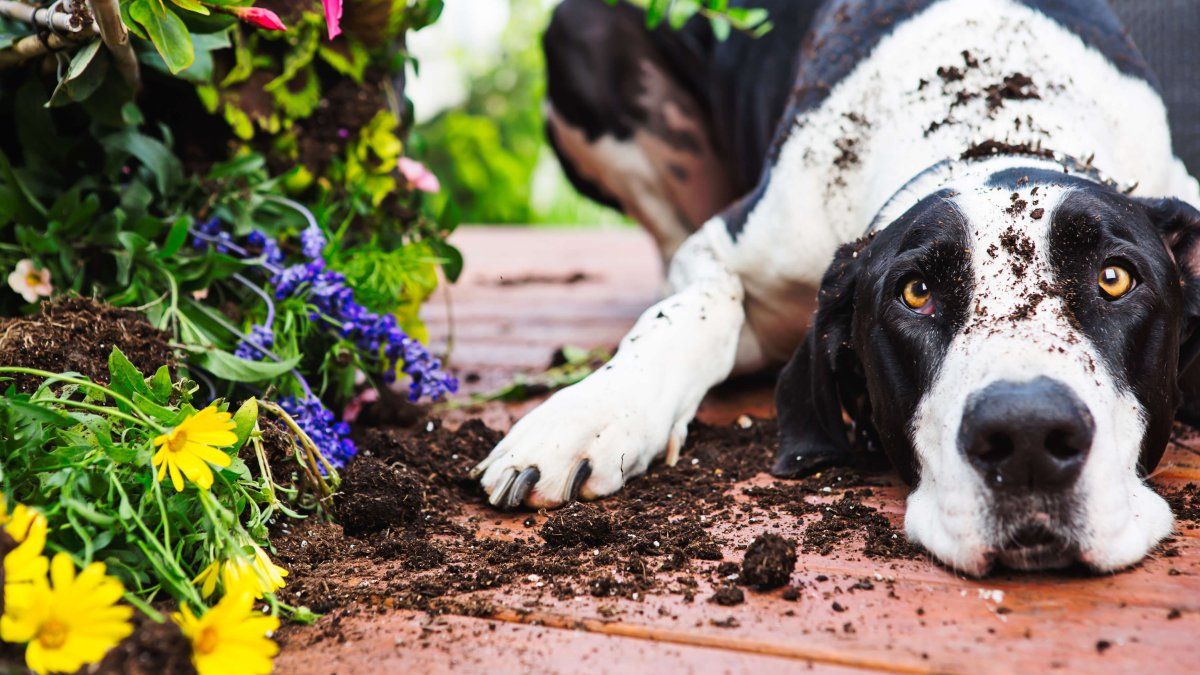Left prop, hooker, number eight, scrum half. Anyone who is unfamiliar with these technical terms has never had any contact with rugby. They are the positions of the individual players in a team. Of course, children and young people who have already had contact with the egg-shaped ball know this.
The largest rugby children’s club in Upper Austria, RUC Hargelsberg, is hosting its first post-pandemic tournament on Saturday. And everyone is happy. “Why do I like playing rugby so much? Because it clears my head and I don’t think about anything else,” says 11-year-old Kilian. His sister Kristin also plays in the club. She is a year younger, but no less ambitious: “We help each other, make friends and also have the best coaches.”

The game is seven against seven. Everyone is wearing the uniforms of their club, otherwise there is no protective equipment. You can put on a cloth cap, but it is not a must. “The risk of injury is no higher than in other team sports,” says rugby section manager David Habichler. “During training, the children learn how to fall properly and how to stop opponents during the game.”
28 children and young people are currently being trained in Hargelsberg, six of them girls. And they don’t put up with anything from the boys during training. In the 1,600-strong community, there are no worries when it comes to young people. It’s different with the men’s team, where you only compete in state championships because we lack players, says Habichler.
Rugby variants
The original version with two teams of 15 players each (Rugby Union) is played the most around the world. There is also a slightly different version with 13 players each (Rugby League) and Rugby Sevens with seven players per team. The latter will make its debut at the 2016 Rio Olympics.
The tournament will take place on Saturday, May 21st, at the Hargelsberg soccer field. Start is at 12 p.m.
Source: Nachrichten




